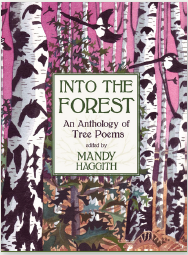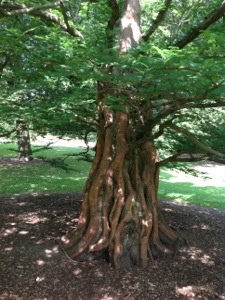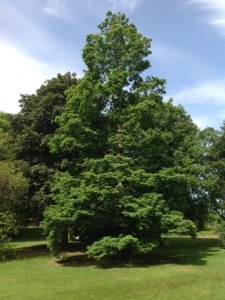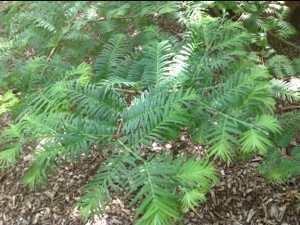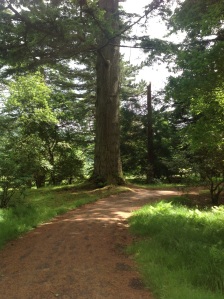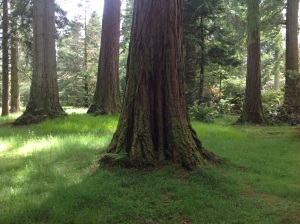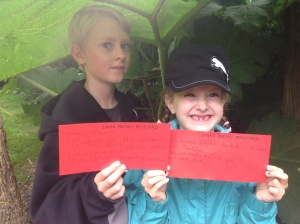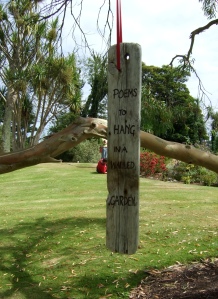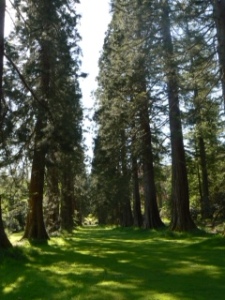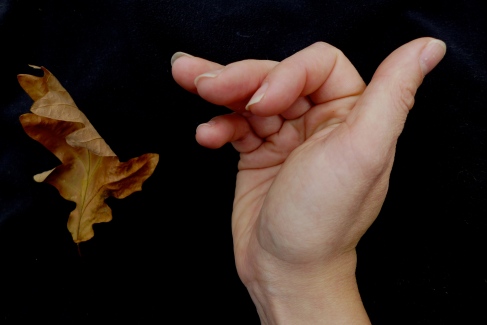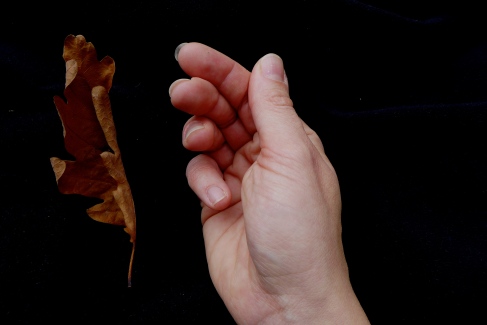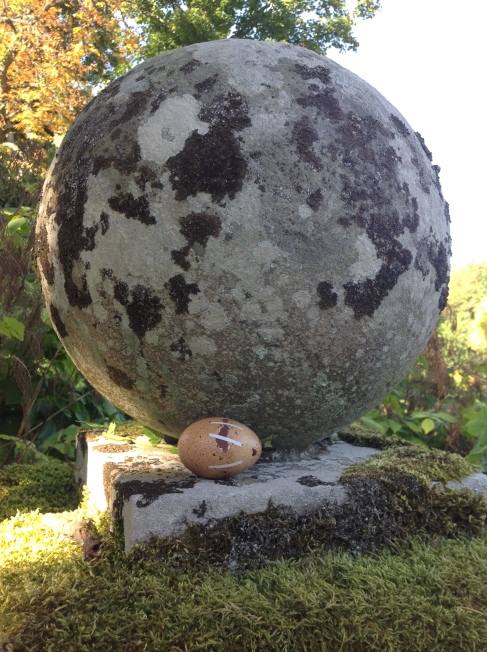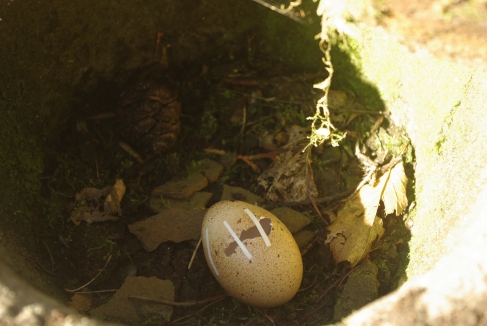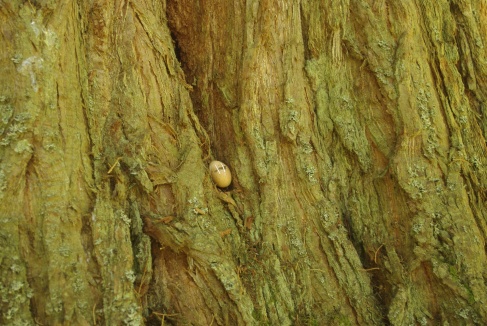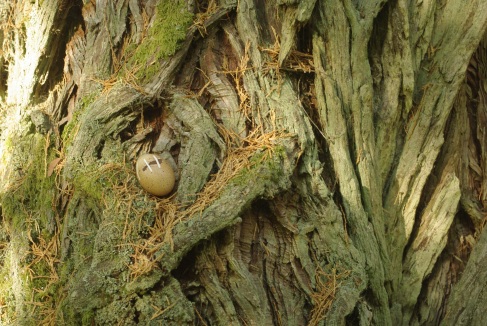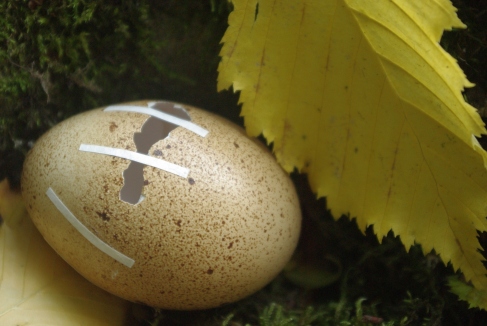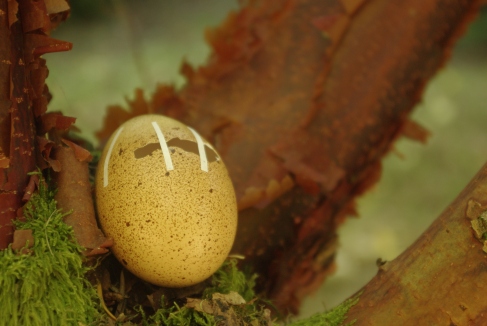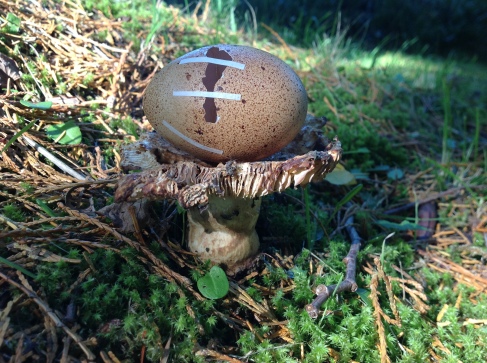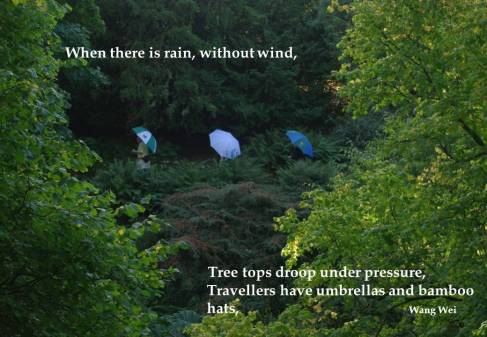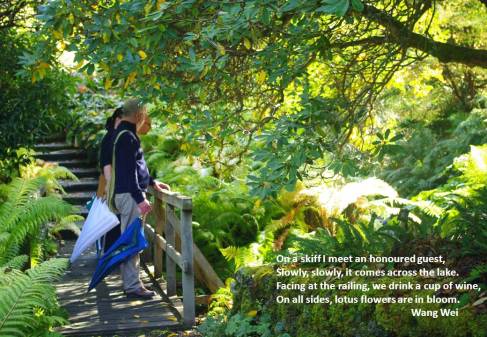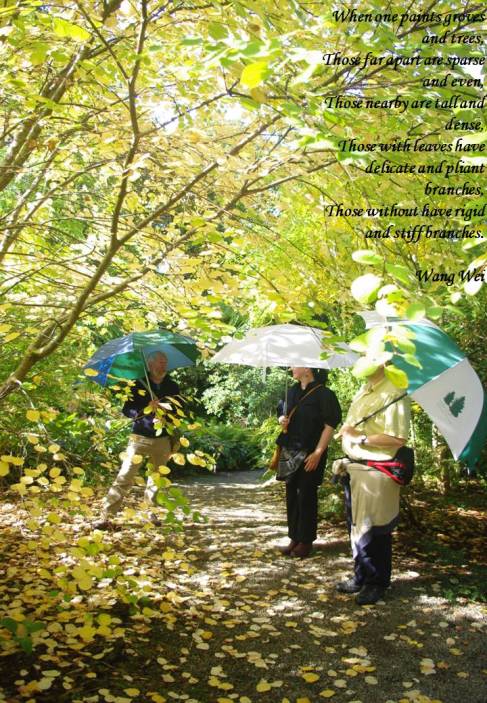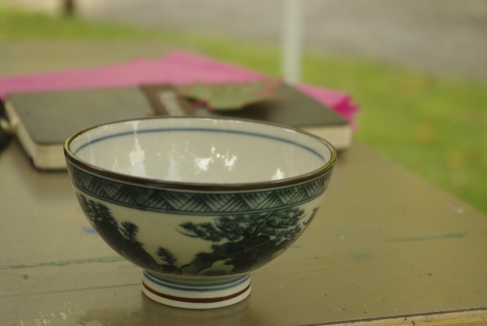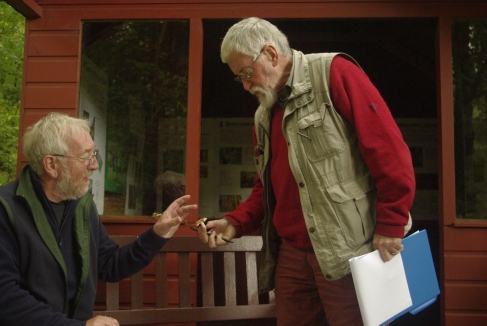You are cordially invited to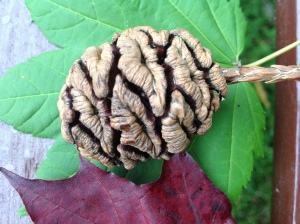
WALKING WITH POETS: A CELEBRATION
on
Thursday 28 November 2013, at 6.30pm at the Royal Botanic Garden Edinburgh
This summer, the SPL has placed poets and their iPads in the Royal Botanic Garden Edinburgh’s four Gardens across Scotland in a project that perhaps re-invigorates nature writing in the 21st century. In Benmore, Edinburgh, Logan and Dawyck, the poets have used blogs, Twitter and Facebook to share their experience of these wonderful gardens. At this celebration, Sue Butler, Mandy Haggith, Jean Atkin and Gerry Loose will read poems inspired by their residencies and will tell us about their time in the RBGE’s Botanic Gardens.
If you are in Edinburgh tomorrow evening, we would be delighted to welcome you to this celebration of Walking With Poets.
This project has been made possible thanks to: Year of Natural Scotland funding from Creative Scotland, and additional support from the Big Give donors and Cove Park.
During the evening, Mandy Haggith will be launching her new anthology of poems based on the Gaelic Tree Alphabet into the forest. (You will be able to purchase a copy for £20 cash only.)
All four participating poets-inresidence will read from the book
Please note: Entry only via RBGE Staff Offices at 20A Inverleith Row (look out for the flags!), Edinburgh EH3 5LR.
Join us if you are free. Book via eventbrite
